Look outside the Galaxy to this all-around Android champion.
With Ultra, Pro, and foldable phones pushing up the high-end of the Android spectrum and sub-$400 budget phones getting better and better, an interesting category has emerged over the past year or so — the value flagship segment. Once an area dominated, if not solely occupied, by OnePlus, this category has seen an influx of challengers from the likes of Samsung, Google, and Apple over the last 18 months. Phones like the Galaxy S20 FE, Pixel 5, and iPhone 12 garner most of the attention and praise. But with the launch of the 9 series, OnePlus may have clawed its way back to claim its crown.
As you'll see here and in our OnePlus 9 Pro review, the company has created a series of phones that are more than good enough to turn OnePlus into a household name. The phones continue to have excellent styling, screens, and software, and they've finally made the leap with their camera capabilities. After using the phone for about a week, I'm already confident enough to proclaim here in this OnePlus 9 review that this device deserves a spot near the top of our best Android phones list.
OnePlus 9
Bottom line: Now that OnePlus has embraced the ultra-premium end with its Pro series and the budget segment with its Nord series, it seems to have refocused on its bread and butter — the value flagship space. The OnePlus 9 delivers just about everything we could ask for in a phone at this price point, with a gorgeous display, solid construction, excellent software experience, and really good cameras.
The Good
- Really solid cameras
- Beautiful 6.55" AMOLED display with 120Hz refresh rate
- Lower prices than the OnePlus 8 and 8T
- Excellent haptics
The Bad
- Unlocked version not certified for 5G on AT&T
- Unlocked version doesn't sport an official IP rating
- No expandable storage
$650 at Amazon $680 at Best Buy $730 at OnePlus
OnePlus 9: Price and availability
The OnePlus 9 series was announced at an online event on March 23, 2021. It was pitched as the successor to the OnePlus 8 and OnePlus 8T, but its introductory price was lower than both of those phones. The 128GB/8GB model was offered at $729, while the 256GB/12GB version could be had for $100 more at $829. The phone is available at retailers like BestBuy, Amazon, B&H, OnePlus's website, and carriers like T-Mobile in the U.S.
The $829 OnePlus 9 (256GB/12GB) model was not available to purchase at the original publication date of this review, nor has it been at any time since then. As with the cheaper OnePlus 9 Pro version, there still appears to be some supply chain issues for OnePlus. For the time being, if you want the OnePlus 9, you are limited to the entry-level version.
OnePlus 9: Hardware and design
| Category | OnePlus 9 |
|---|---|
| Operating System | OxygenOS 11 based on Android 11 |
| Display | 6.55 inches, 20:9 aspect ratio, 2400x1080 (402 ppi) resolution, AMOLED |
| Processor | Qualcomm Snapdragon 888 |
| Graphics | Adreno 660 |
| Memory | 8GB/12GB LPDDR5 |
| Storage | 128GB/256 UFS 3.1 |
| Expandable Storage | NA |
| Rear Camera — Main | 48MP, ƒ/1.8 aperture, Sony IMX689 |
| Rear Camera — Ultra-wide | 50MP, ƒ/2.2 aperture, Sony IMX766 |
| Rear Camera — Monocrhome | 2MP |
| Front Camera | 16MP, ƒ/2.4aperture, Sony IMX471 |
| Security | In-display fingerprint scanner, face unlock, PIN |
| Connectivity | 5G/LTE, Wi-Fi 802.11 a/b/g/n/ac/ax at 2.4G/5G, Wi-Fi 6, NFC |
| Ports | USB 3.1 GEN1 Typce-C |
| Audio | Dual stereo speakers with Dolby Atmos |
| Battery | 4,500mAh, supports Warp Charge 65T and 15W Qi wireless charging |
| Water Resistance | IP68 on T-Mobile version* |
| Dimensions | 160 x 74.2 x 8.7mm |
| Weight | 192g |
| Colors | Winter Mist, Arctic Sky, Astral Black |
The OnePlus 9 isn't a drastic design departure from its predecessor, the OnePlus 8T. Like the 8T, the screen features a 6.55-inch 120Hz display, and you get the same 4,500mAh battery. The cameras are where the real upgrades are, with the primary sensor from last year's 8 Pro flagship, and instead of last year's 5MP macro on the 8, you get a really good 50MP ultra-wide lens that matches the one on this year's 9 Pro.
The dual stereo speakers can handle Dolby Atmos audio and sound really good when watching videos or playing music, and the 4,500mAh battery charges faster and more conveniently, thanks to the included Warp Charge 65T charger and cable, as well as the ability for the phone to wirelessly charge up to 15W. OnePlus also updated its Cool Play cooling system to improve heat dissipation during extensive gaming sessions by adding a larger vapor chamber with layers of graphite and copper.
The phone is available in a base configuration with 128GB storage and 8GB memory, or an upgraded configuration with 256GB storage and 12GB memory. Sadly, there is no option for physical expandable storage — just like this year's Galaxy S21 series.
The display is a flat, 6.55-inch HD+ AMOLED with a 120Hz refresh rate, and it looks really, really good. It supports the sRGB and P3 color gamuts and can get up to 1,100 nits at full outdoor brightness. OnePlus says that the phone's color accuracy rivals or even exceed some of the best professional monitors on the market, and I can see why; it's stunning. You can enable Comfort Tone to have the display automatically adjust the color temperature to better match your surroundings, which makes it much easier on the eyes, and you can also enable reading mode when reading a Kindle book or long-form article. While that's all good stuff, it's basically the same display tech we saw on the 8T.
From the front, this looks like the 8 or 8T, but the new camera module on the back gives it a refreshed feel.
Indeed, when you look at the OnePlus 9 head-on, you're not really going to notice much difference from the 8T or even the 8. The main physical differences are the weight (at 192 grams, it's at least 10 grams heavier than the previous models) and the camera housing. While it looks drastically different from the verticle single row of cameras on the 8, the new rectangular module looks like a logical evolution from the 8T.
That camera housing features the 48MP primary camera, the 50MP ultra-wide camera, the 2MP monochrome sensor, and the dual-LED flash module, below which you'll see the tastefully subtle Hasselblad logo.
The phone is on the larger side, not quite measuring as big as the Samsung Galaxy Note 20 series, but it's close. It has a nice heft in the hand that just makes it feel like a well-made piece of equipment, but it's not so heavy that you're going to immediately get tired from holding it.
The back of the phone is comprised of 3D Corning Gorilla Glass, and it is very glossy and fingerprinty. My review unit was the Astral Black variant, which is stately and elegant if a bit dull. If I were to buy one for myself, I'd rather pick up the Winter Mist or Arctic Sky versions as they are less likely to show smudges. That being said, this model looks great with a case (and there's zero chance that I'd risk rocking an all-glass phone without a case anyway). I've always been partial to OnePlus's own first-party cases like this classic sandstone version, but there are plenty of other really good third-party cases to choose from.
OnePlus says that it updated the haptic motor on the 9 series, and I'd have to say that they are among the best I've used recently (though I still like the feel of the haptics on my Pixel 4a and iPhone 12 mini a little better). The T-Mobile variant of the OnePlus 9 officially has IP68 water resistance, though OnePlus confirmed that there is no physical difference between the carrier and unlocked versions. Hence, it's safe to assume that the unlocked devices can also stand up to a decent splashing. Just know that if you do get your phone wet and it gets damaged, your warranty claim likely won't be honored.
OnePlus 9: Software and performance
The OnePlus 9 has everything under the hood that it needs to be a prime performer. You get the latest Qualcomm Snapdragon 888 5G chipset with its one high-range core, three mid-range cores, and four energy-efficient cores to improve CPU performance by up to 25%, and with the Adreno 660, its GPU performance has improved by 35%.
OnePlus also claims improved performance from the included LPDDR5 RAM, which it says delivers 1.5x performance over previous versions. Combined with optimizations made in OxygenOS 11 like Turbo Boost 3.0, the OnePlus 9 lets you keep 25% more apps open in the background than before. OnePlus says this is possible because it compresses the RAM, which makes the data on the chip smaller, and uses Virtual RAM to convert your unused phone storage into temporary RAM, giving you more to work with when you need it.
Turbo Boost 3.0 and Virtual RAM make smarter use of the phone's resources for better performance and battery life.
Chances are, you won't need to tap into that Virtual RAM for most use cases. However, if you're doing a lot of video recording in 8K (which, hey, you can do now!) or utilizing the Pro Gaming Mode, you'll surely appreciate such optimizations. Other OxygenOS 11 improvements include updates to its Pro Gaming Mode and adaptation of Qualcomm's Aqstic platform to improve sound output for gaming and media consumption. Otherwise, I found OxygenOS 11 fluid and smooth as ever.
Since OnePlus started letting you use the Google Discover feed on the -1 screen, and it doesn't preload its own versions of messaging and dialer apps, not only is there not a lot of bloatware, but you don't necessarily notice the UI design tweaks that much if you don't use OnePlus's own apps. I wasn't offended at the design language change from OxygenOS 10 to 11, but if I'm honest, I only noticed it in the calculator and weather apps (and the Settings app, of course). All of the other apps I used were Google's or other third-party apps.
Don't expect to get much use out of that 5G modem if you're on AT&T.
While I enjoyed using the OnePlus 9 on T-Mobile's 5G network, it should be noted that the unlocked OnePlus 9 is not certified for 5G on AT&T, though it did come to Verizon at the last minute just as preorders went live. According to one of my colleagues, the good news is that 5G does appear to work on T-Mobile MVNOs like Google Fi.
The OnePlus 9 should be one of the first OnePlus devices to be upgraded to OxygenOS 12 and Android 12 via a public beta sometime in the early fall of 2021.
OnePlus 9: Battery
As mentioned above, the OnePlus 9 has the same 4,500mAh battery as the 8T, and while I've not used the 8T, I would peg its battery life and performance as nearly the same as that previous device based on what my colleagues have said. With the always-on display and 120Hz enabled, that's not too shabby. It's not amazing, but it's more than acceptable. I was regularly getting more than five hours of screen on time in a day at that high frame rate, and of course, it improved when dropped to 60Hz. Now, it must be said that I didn't watch many videos or play many games; this is just based on using standard Google apps, social media, messaging, and using the cameras. If you are a heavy gamer, you'll probably need to top off during the day.
The good news for those mid-day top-ups is that OnePlus continues to include a Warp Charge 65T charger and cable with its devices, which is quickly becoming a luxury as more and more phones opting not to include a charger in the box. OnePlus says that it can deliver "a day's power" in just 15 minutes, which is great when you need to charge and go, but if you can wait just a little bit longer (well, twice as long), you can get from 1% to 100% in under a half-hour. If you forget to charge your phone overnight and are in a hurry the next morning, this can be a real lifesaver.
Warp Charge is great, but it's not something that I personally rely on very much. I charge my phone every night and have chargers all around my house. I work from home, so I don't commute much, but when I do, my phone is plugged in while in the car as well.
I'm more excited about the inclusion of wireless charging. At 15W, it's not the 50W wireless charging found on the 9 Pro, but it beats the 5 and 10W chargers you can find on Amazon. The speed of the charge isn't all that important to me, but finally, having the option to charge wirelessly is one of the best new additions, in my opinion. You can now also reverse charge other devices like your partner's phone or your favorite pair of wireless earbuds.
Earlier I mentioned how OnePlus was working some under the hood magic to keep more apps open in the background, and while this may be true, I did find some issues with some apps draining the battery faster than others. OnePlus's battery management brought these power abusers to my attention (it was often Amazon Music and Google Photos), but it didn't shut them down outright (of course, you can configure that in battery management if you're so inclined).
OnePlus 9: Cameras
If there's one area where OnePlus phones have consistently underperformed against the best of the best from Android and Apple, it's the cameras. That's not to say that OnePlus cameras have ever really been bad, nor is it meant to imply that they haven't continued to improve each generation. In fact, the OnePlus 8 Pro was one of the best Android camera phones of the past year. But even it didn't crack the top-of-the-top echelon, according to most experts.
In 2021, OnePlus looked to finally slay that camera demon once and for all, investing around $150 million to improve its imaging and camera tech and signing a multi-year partnership with industry titan Hasselblad to improve its camera performance. This culminated in what OnePlus calls its Natural Color Calibration with Hasselblad and a dedicated Hasselblad manual pro mode in the camera app.
The upgrades are not just on the software side, as OnePlus made several improvements to the physical sensors from the OnePlus 8 and 8T to the 9. For starters, the 48MP main sensor is the same that impressed us on last year's OnePlus 8 Pro, and the new 50MP ultra-wide sensor is the same that can be found on this year's 9 Pro model. Gone is the crummy 2MP macro from last year, but it's no real loss, as you can achieve a similar (and better) effect by using the 50MP ultra-wide lens at close range. OnePlus recommends you aim the ultra-wide within a 4cm range for best macro results, and I have to admit that it impressed me when I tried that technique.
In the images below, you can see the detail that the primary sensor provides in the sandwich's crust, the nice edge detection of the selfie shooter in portrait mode, and the macro capabilities of the ultra-wide camera on this tree bark from that recommended 4cm distance.
Using the ultra-wide lens as intended, I found that the edge distortion was more than acceptable (OnePlus claims that it is down to 1%, which is up to 10-20% better than most current smartphone ultra-wide cameras). The detail and color were also impressive.
The primary shooter was excellent, in my opinion, with fine detail and accurate color reproduction. It more than holds up against my other best shooters, including the Galaxy Note 20, Pixel 4a, and iPhone 12 mini. Here is a series of 3 separate scenes shot through the zoom, primary, and ultra-wide cameras.
As for video, the main camera can shoot 8K video at 30fps, and the ultra-wide camera can shoot excellent time-lapse footage. It is even capable of delivering in darker environments thanks to Nightscape Video 2.0. Nightscape mode for stills was good as well, as you can see here with this shot below of my cat Mittens. The light and color are impressive, though the details do get a little soft the more you zoom in (this was taken from about 12 feet away).
Pro Mode has been given a taste of Hasselblad style, with similar sensor calibration tools and UI elements that will be recognizable to anyone who has used Hasselblad's image processing software before. It allows you to adjust all the settings you'd expect from a true manual mode, like ISO, white balance, shutter speed, and focus. It even lets you shoot in 12-bit RAW format.
Finally, there is a new tilt-shift mode that adds a unique blur effect around your images, which you can adjust to create some interesting on-the-fly effects (seen below with the woods). I didn't see much use in this mode for my purposes, but maybe I'm just not creative enough. It's there if you want it; who knows what kind of cool things you will do with it!
OnePlus 9: Competition
After years of positioning its phones as "flagship killers" due to their combination of features and value, OnePlus had lost market share, and more importantly, mind-share, in this value flagship space in 2020 two its two biggest competitors — Samsung and Google.
The Samsung Galaxy S20 FE has been at the top of our best Android phones list since it came out in the fall of 2020, and it's still probably the phone that will most give the OnePlus 9 a run for its money. It debuted at $700 and can frequently be found for $100-$150 less than its sticker price. It also sports a 120Hz display, great battery life, fun colors, and impressive cameras. The only potential downside here is that it sports a slightly older processor in the Snapdragon 865, and it has a plastic back.
The newer big brother to the S20 FE is, of course, the Samsung Galaxy S21. It too sports a plastic back, but it has updated styling, the same Snapdragon 888 processor found in the OnePlus 9. It's slightly smaller than the OnePlus 9, and its primary and ultra-wide cameras are quite as precise. It also has a smaller battery and starts at a $70 higher price point.
Finally, we'd be remiss if we didn't include Google's Pixel 5. The Pixel 5 is even smaller at just 6 inches, and its Full HD+ display caps at a 90Hz refresh rate. It also sports a slower Snapdragon 765G processor, But don't let those lower specs fool you — the Pixel 5 has a smooth software experience, will see several years of feature and security updates, and it is IP68 water-resistant. Plus, it starts at $699, or $30 cheaper than the OnePlus 9.
OnePlus 9: Should you buy it?
You should buy this if ...
You want a flagship phone for under $800
OnePlus hit the sweet spot in high-end phone pricing this year, coming in at just slightly more than the lower-spec Pixel 5 and at or under comparable offerings from Samsung like the S20 FE and S21.
You want great cameras
It feels good to say that OnePlus finally appears to have nailed its camera game. If you pick up this device, you won't feel like you had to sacrifice on your photos like you may have in previous years.
You don't like bloat
OnePlus's OxygenOS has seen a bit of a UI refresh over the past year, but the entire experience of using the phone is still closer to that of a Pixel than it is to a Samsung device.
You should not buy this if ...
You want a smaller phone
The OnePlus 9 is a pretty big device, especially compared to the Pixel 4a or Pixel 5.
You are on AT&T
As of this writing, unlocked OnePlus 9 phones will not be able to access 5G on AT&T.
You need expandable storage
While the base model comes with a solid 128GB of storage and the upgrade model has 256GB, don't count on adding any storage via microSD after the fact. This is something we saw previously with the Samsung Galaxy S21 devices, and it's a trend that OnePlus has continued.
I'm so excited that this new and vibrant value flagship space is continuing to grow and thrive. Over the past year or so, we've seen amazing devices at more affordable price points. No longer do you have to spend $1,000 or more to have a fantastic smartphone experience, as devices like the OnePlus 9 show.
The OnePlus 9 is a great option for anyone who wants a premier Android smartphone experience but doesn't want to spend ultra-premium prices. At $729, it is well-positioned to compete with the latest entry-level Galaxy S phones and devices like the Pixel 5 and iPhone 12, but its impact is about more than price; it's about value. The OnePlus 9 can go toe-to-toe with any of those devices on just about any spec or feature you can think of and come out on top. Its display is as gorgeous as a Galaxy, its build-quality matches the iPhone, and its cameras compete with the Pixel. It's no stretch to say that the OnePlus 9 just might be the best overall Android phone that you can buy at this point.
OnePlus 9
Bottom line: Now that OnePlus has embraced the ultra-premium end with its Pro series and the budget segment with its Nord series, it seems to have refocused on its bread and butter — the value flagship space. The OnePlus 9 delivers just about everything we could ask for in a phone at this price point, with a gorgeous display, solid construction, excellent software experience, and really good cameras.
$650 at Amazon $680 at Best Buy $730 at OnePlus
Review Changelog, September 2021
This article was orginally published in March, 2021. It was updated in September 2021 with the following changes.
- Updated pricing and availability.
- Added link to OxygenOS 12 information.
It was updated in April 2021 with the following changes:
- Updated pricing and availability.
- Removed section about the phone not working with Chromebook Phone Hub.
- Added note about availability of more expensive 256GB/12GB model.
from Android Central - Android Forums, News, Reviews, Help and Android Wallpapers
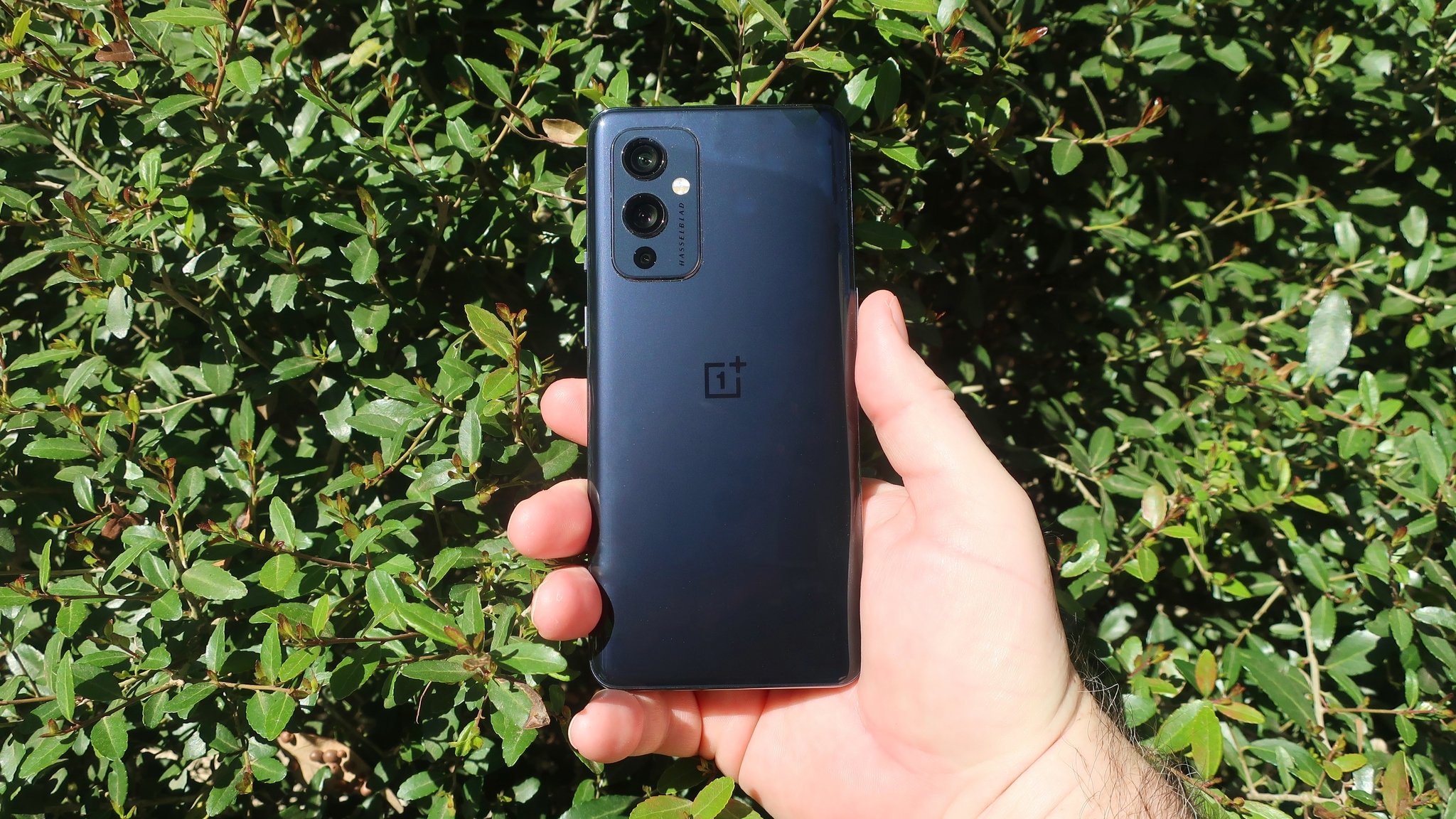
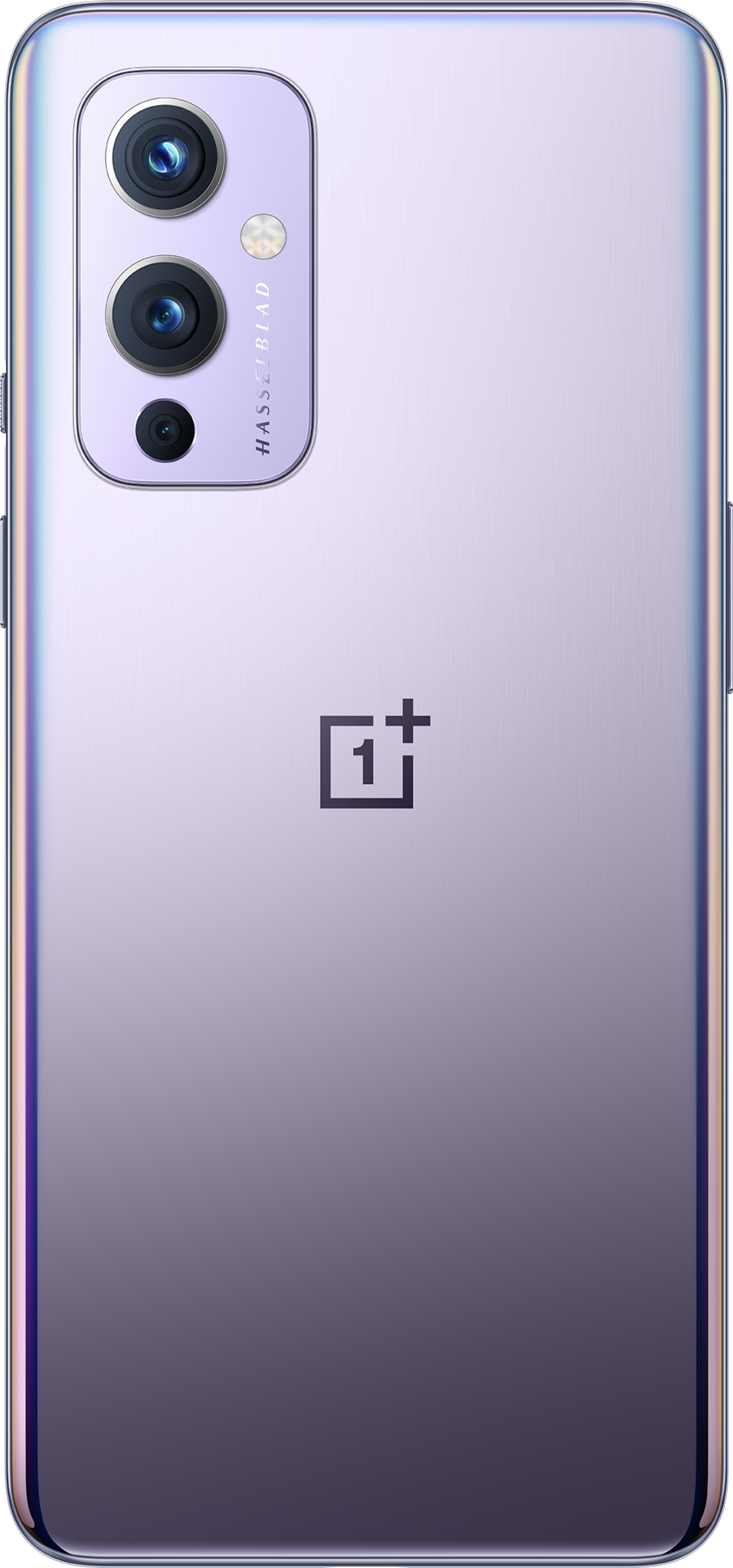
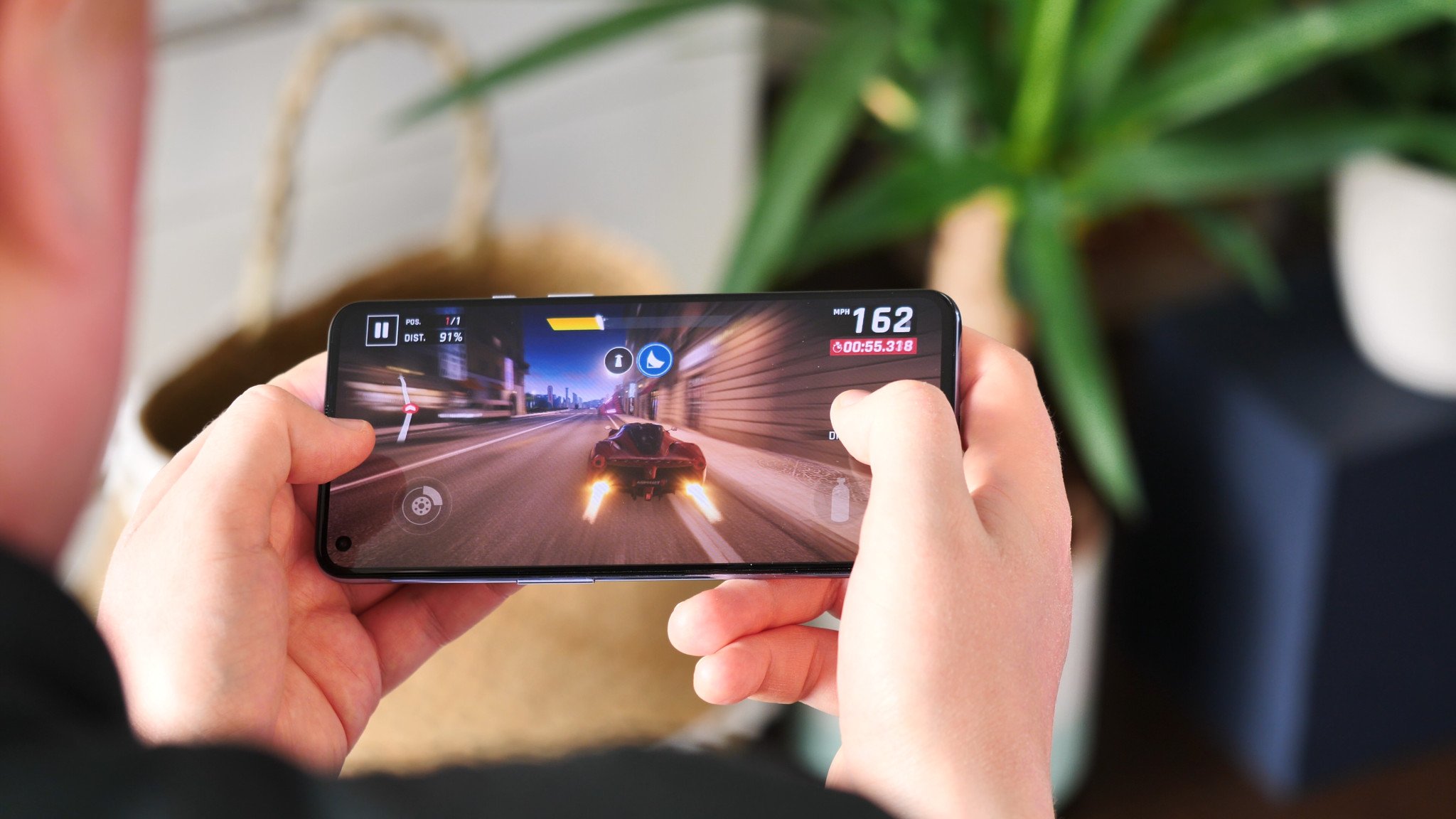
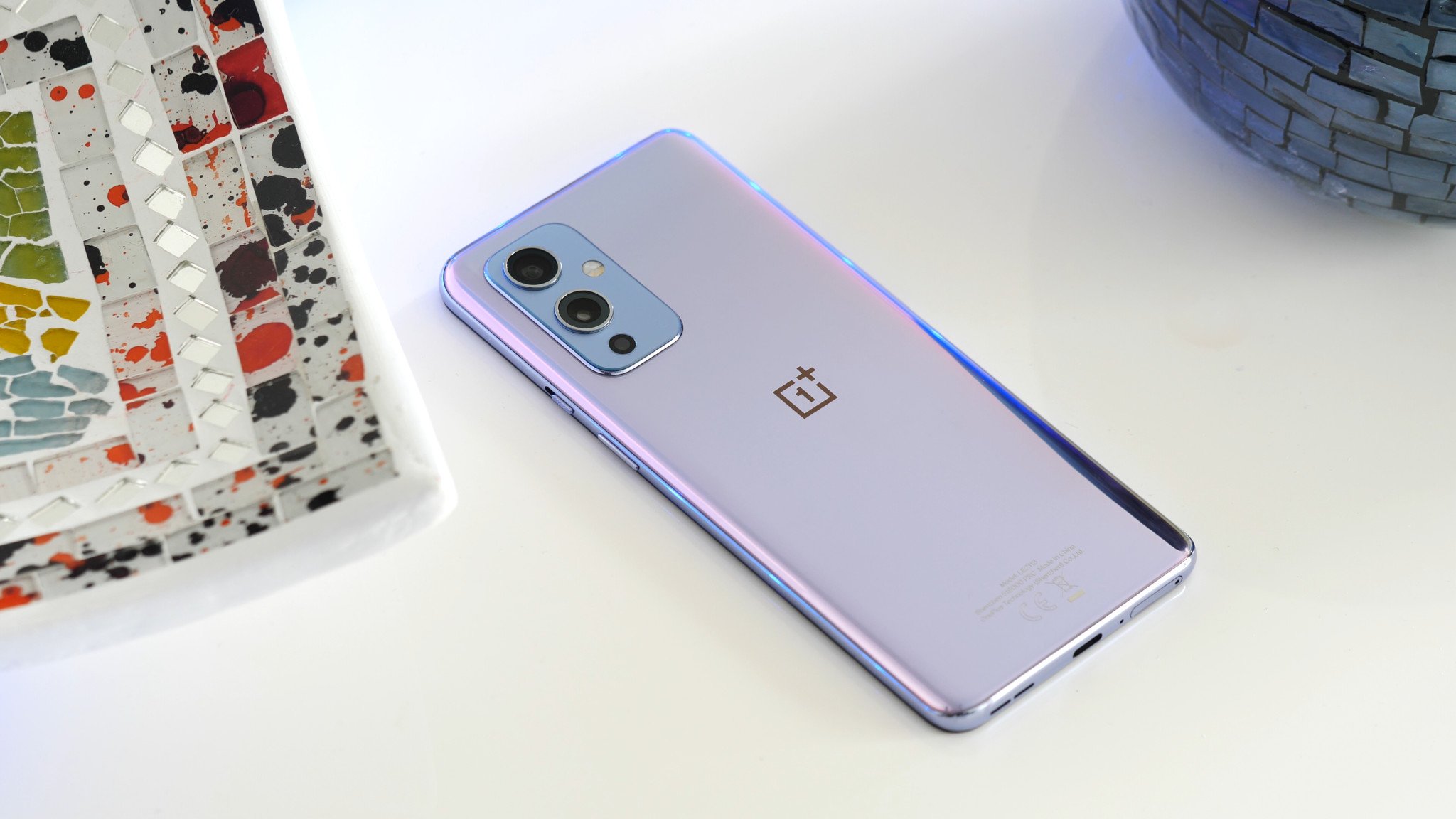
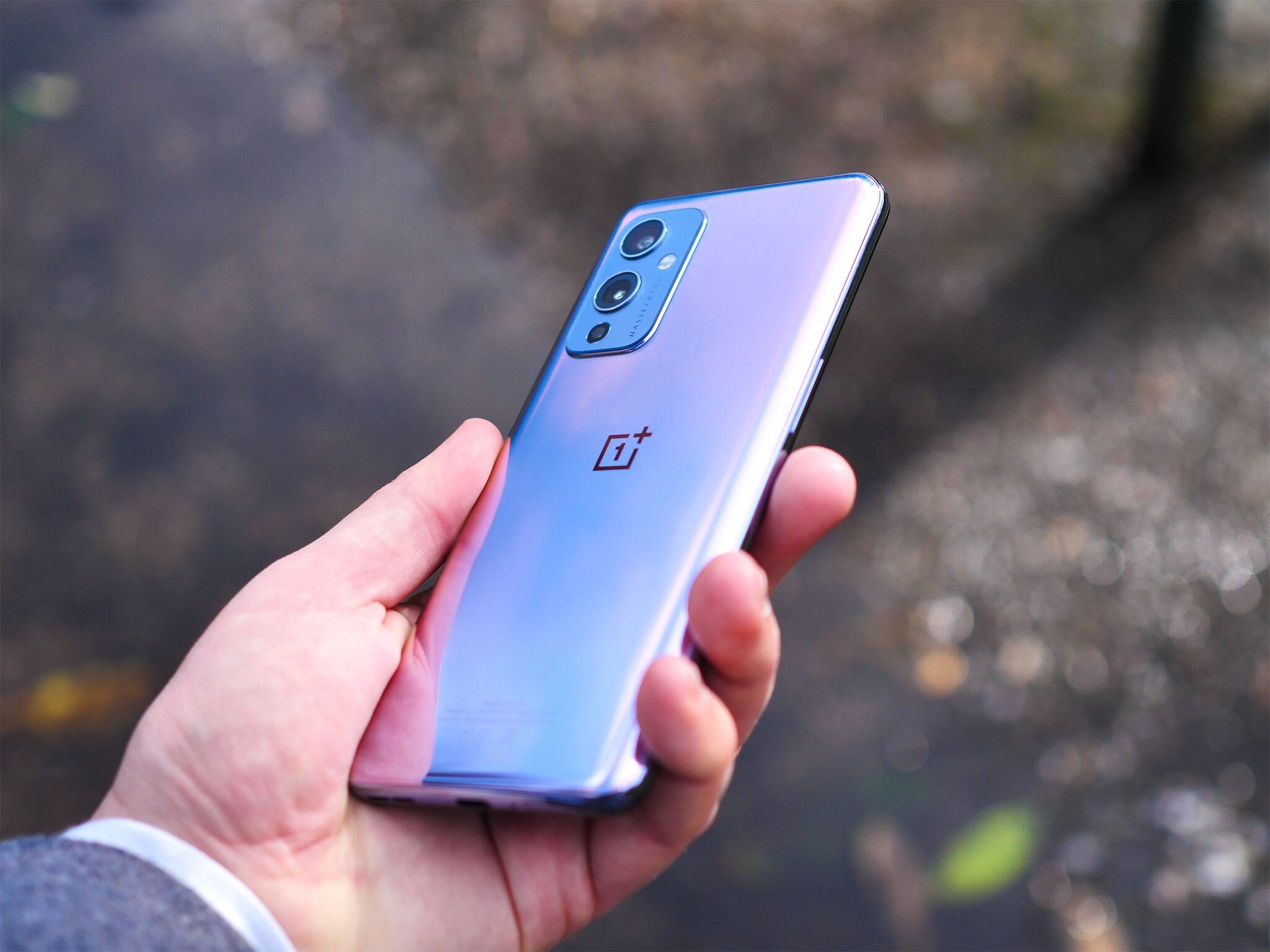
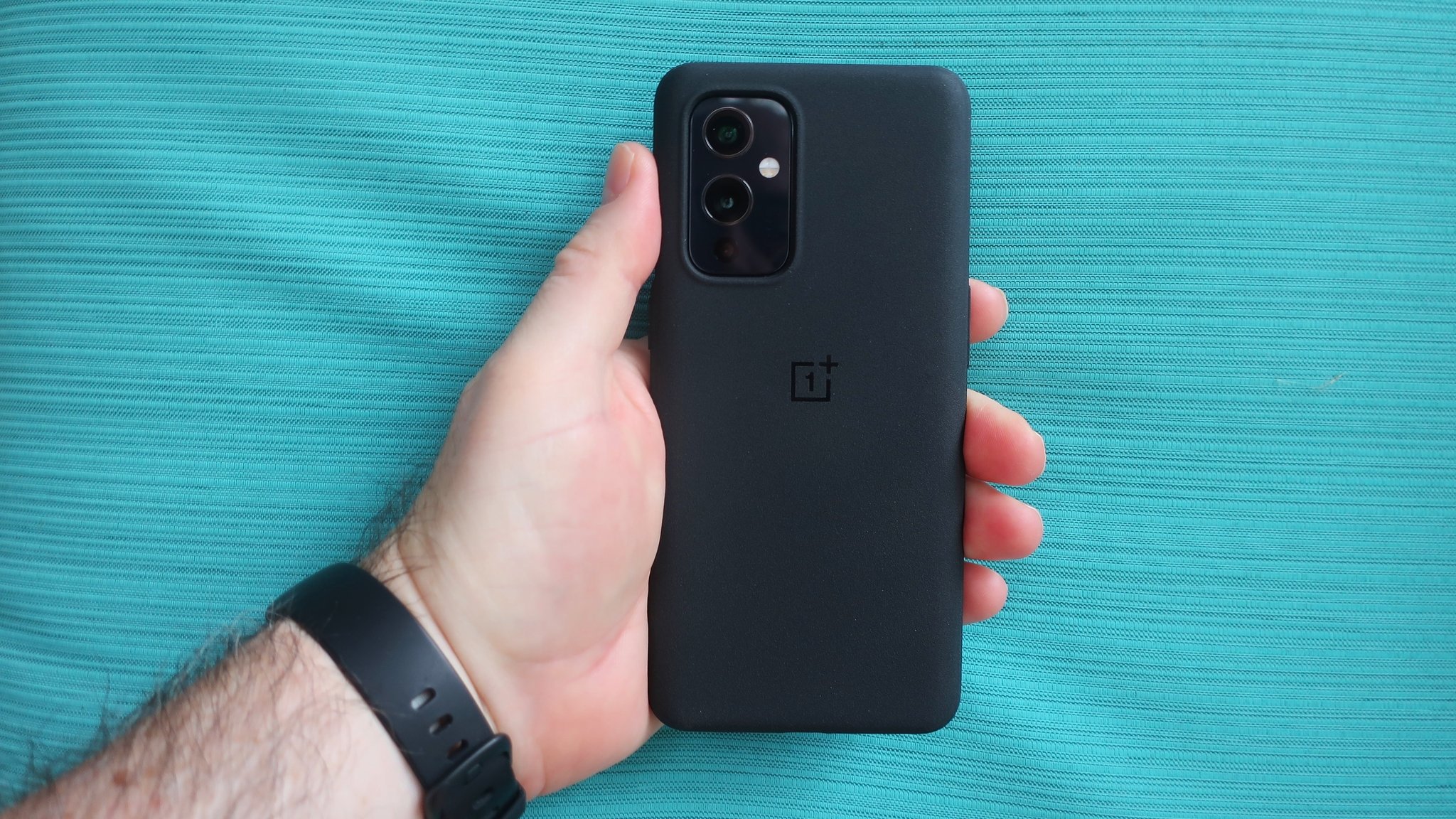
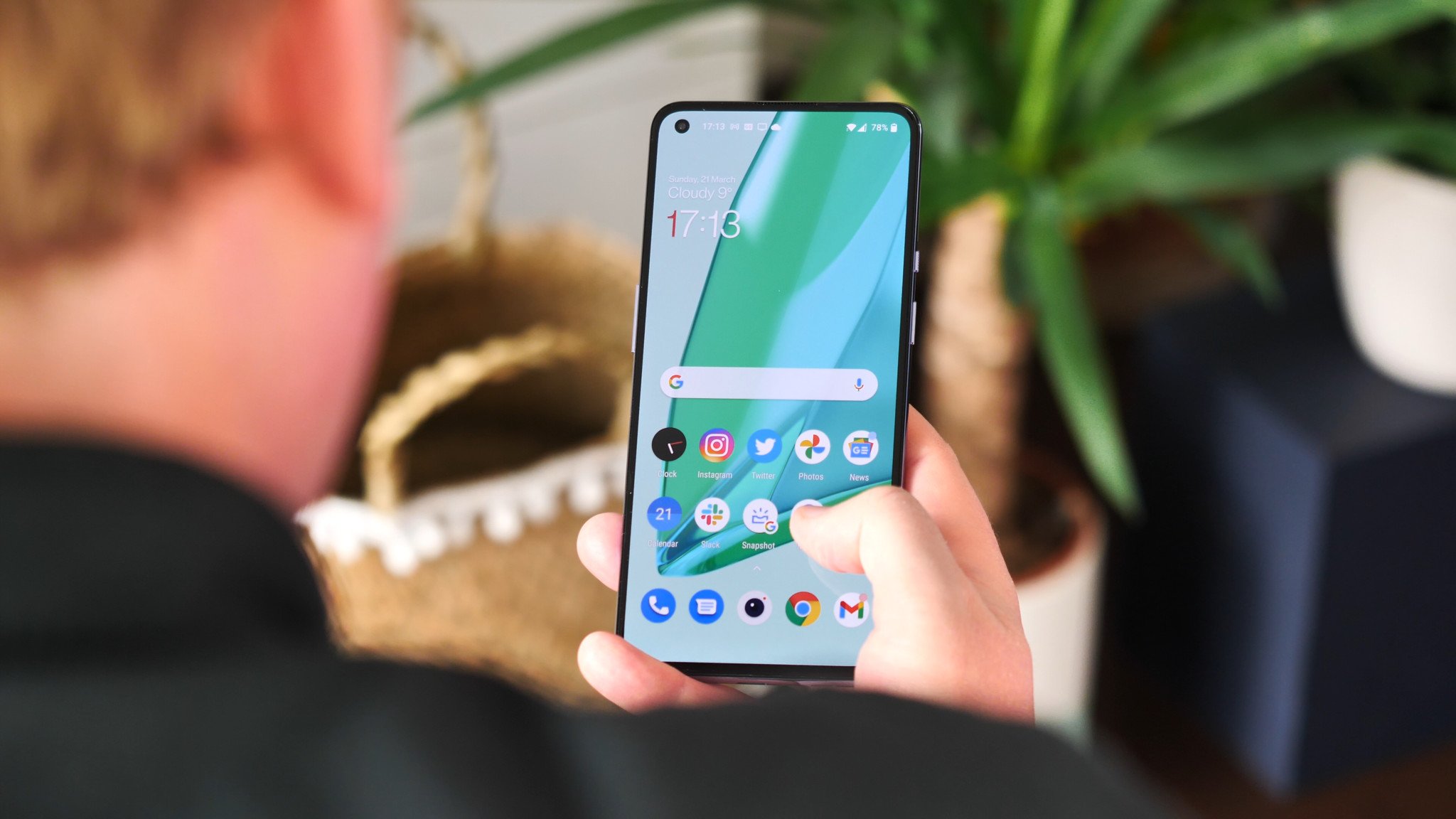
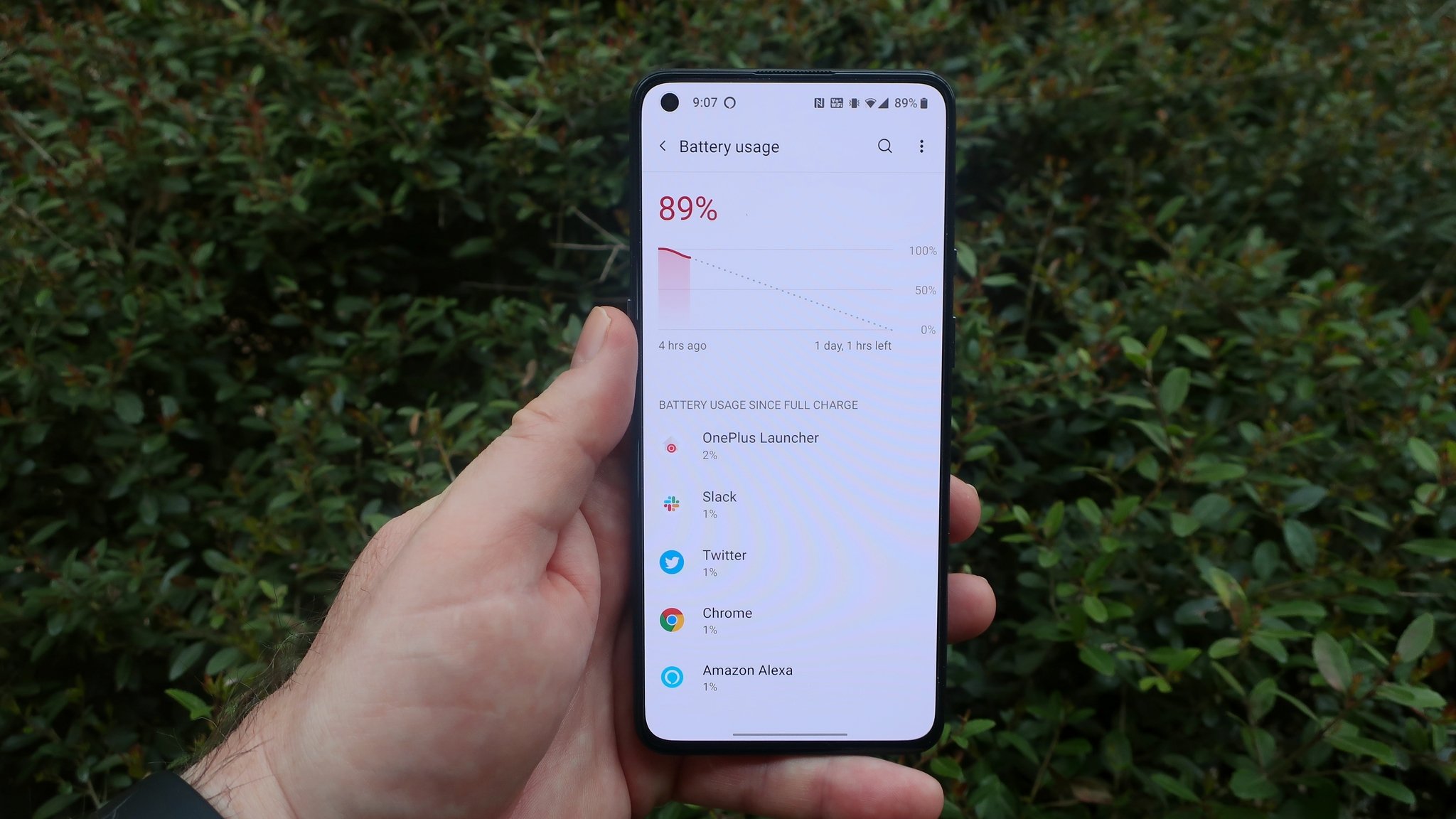
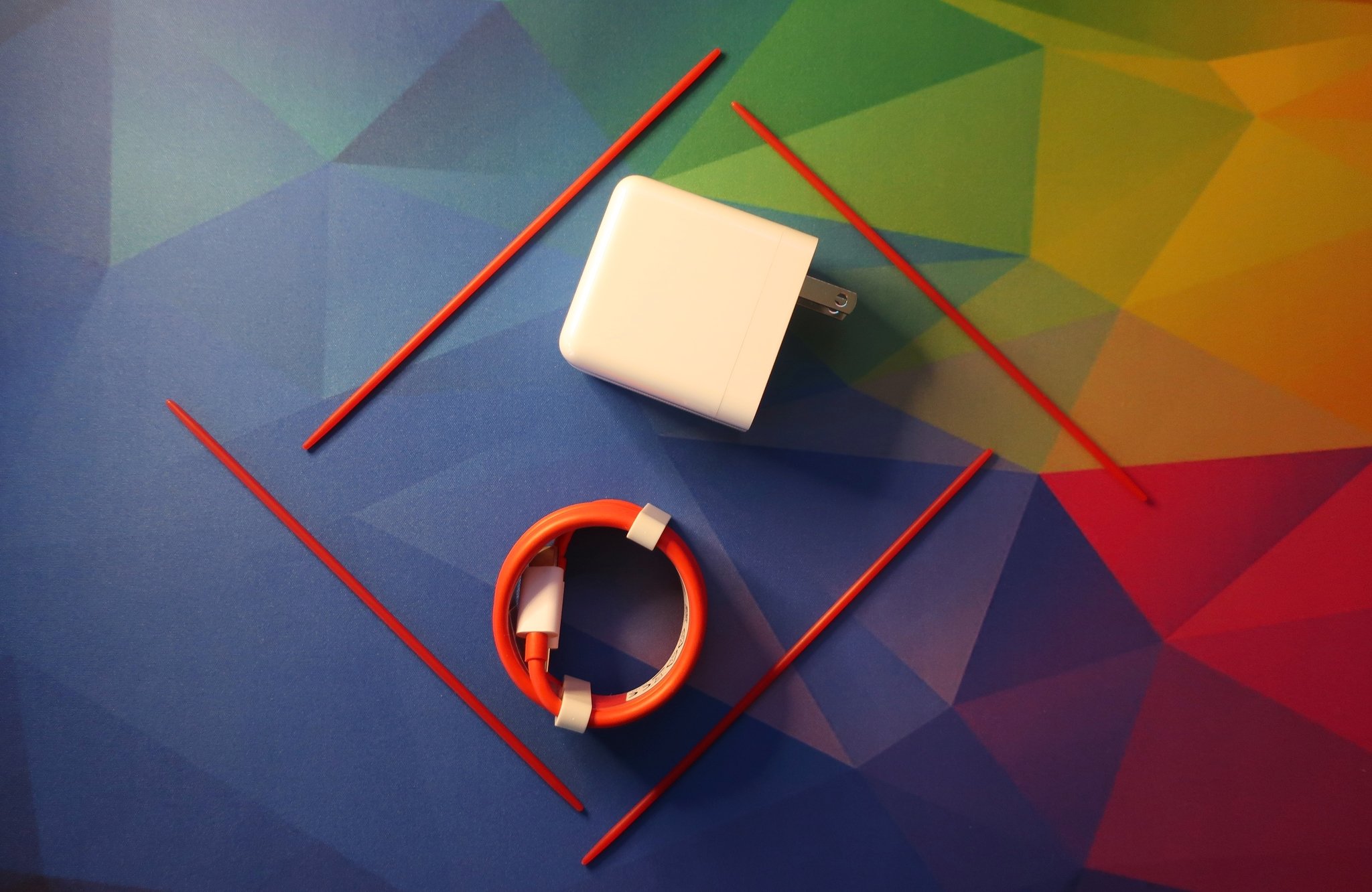
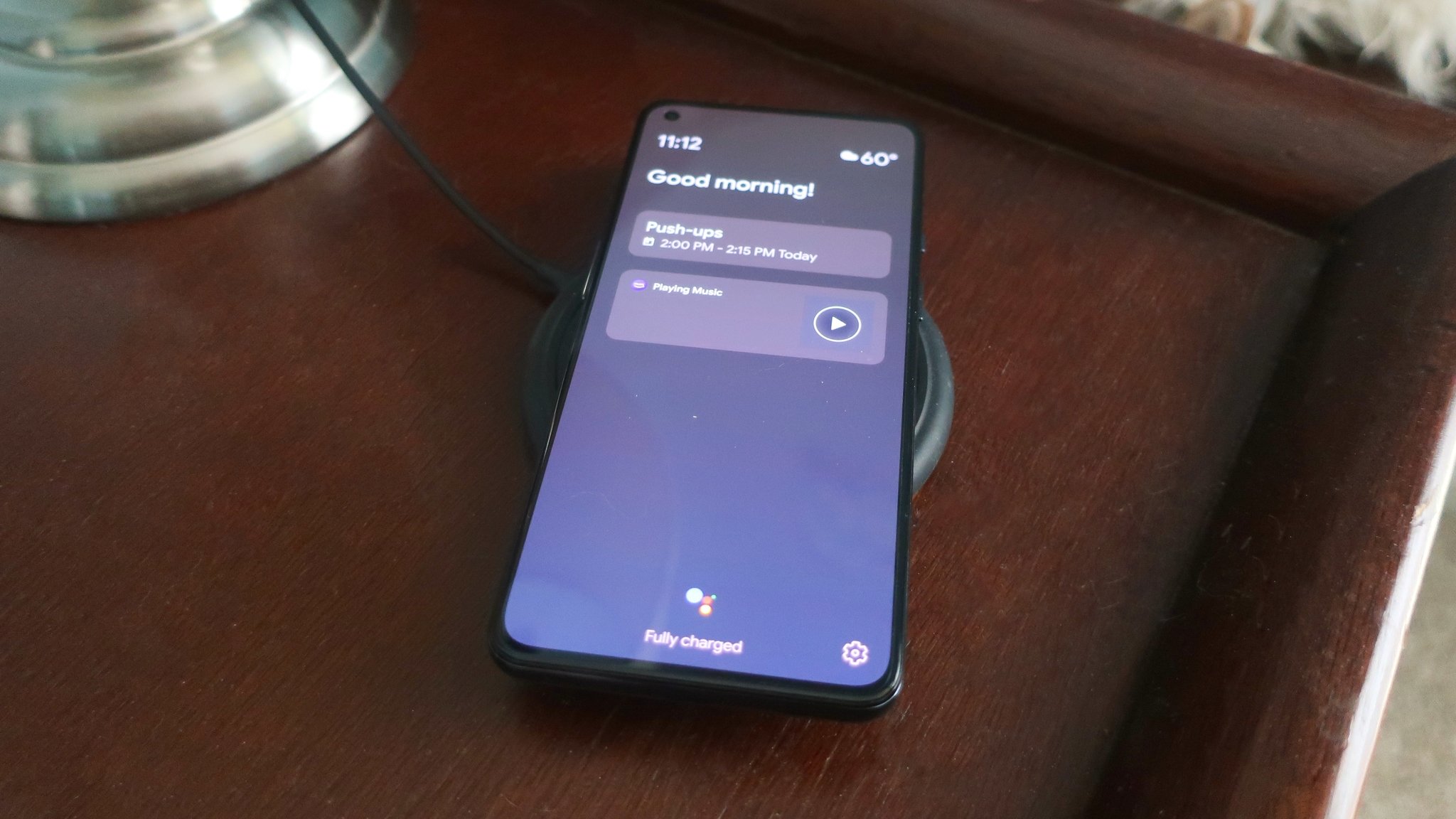
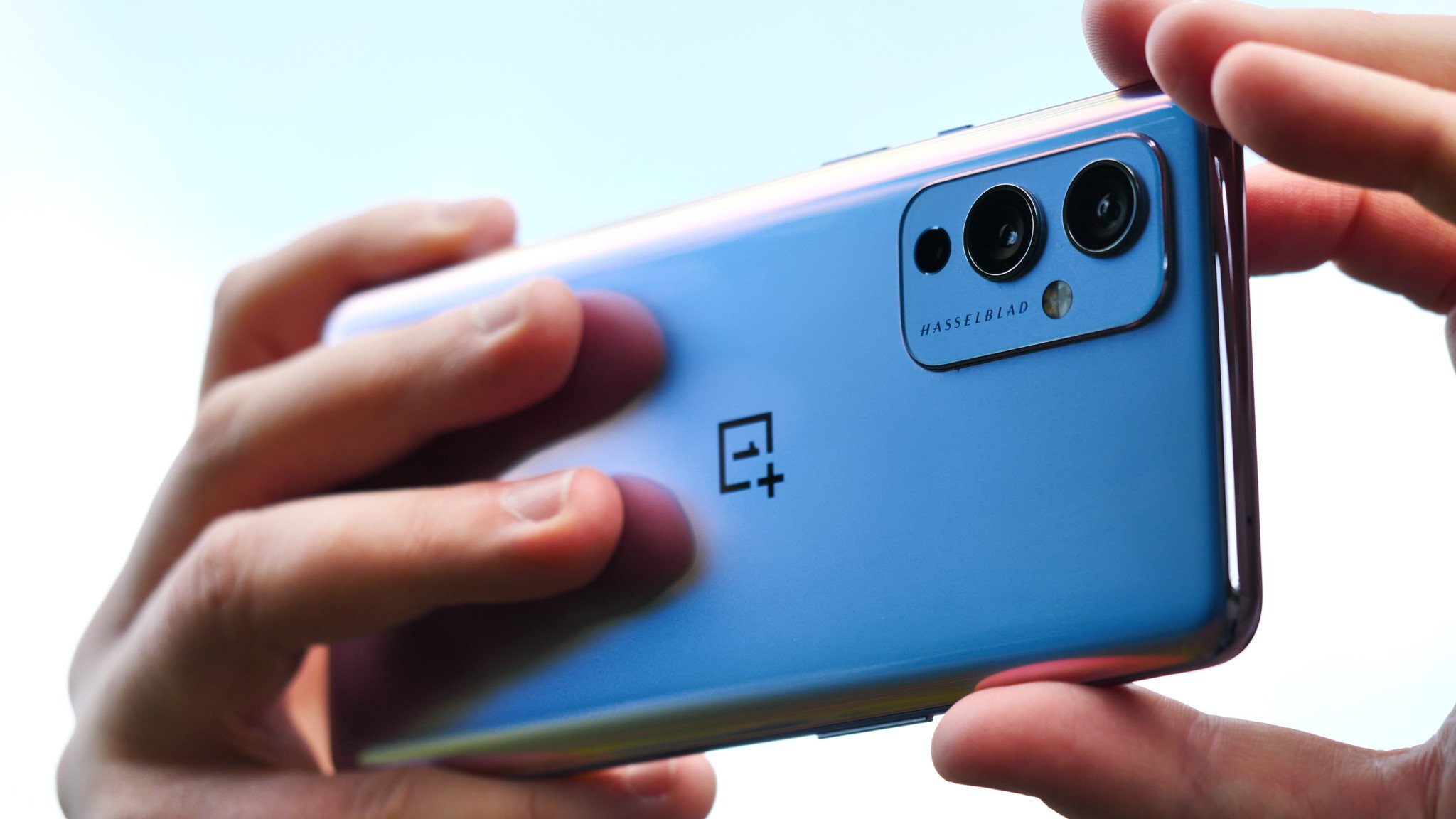
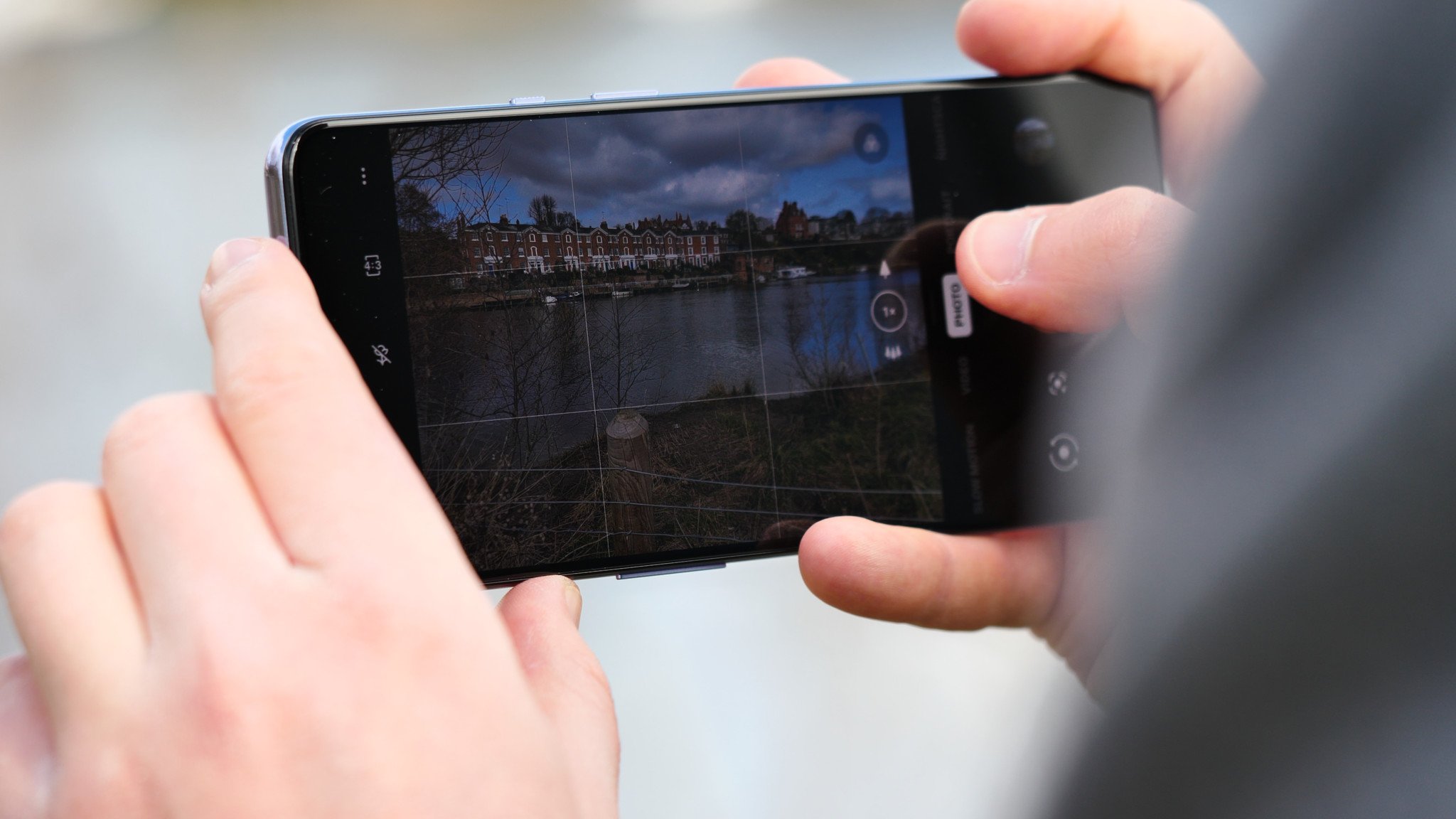














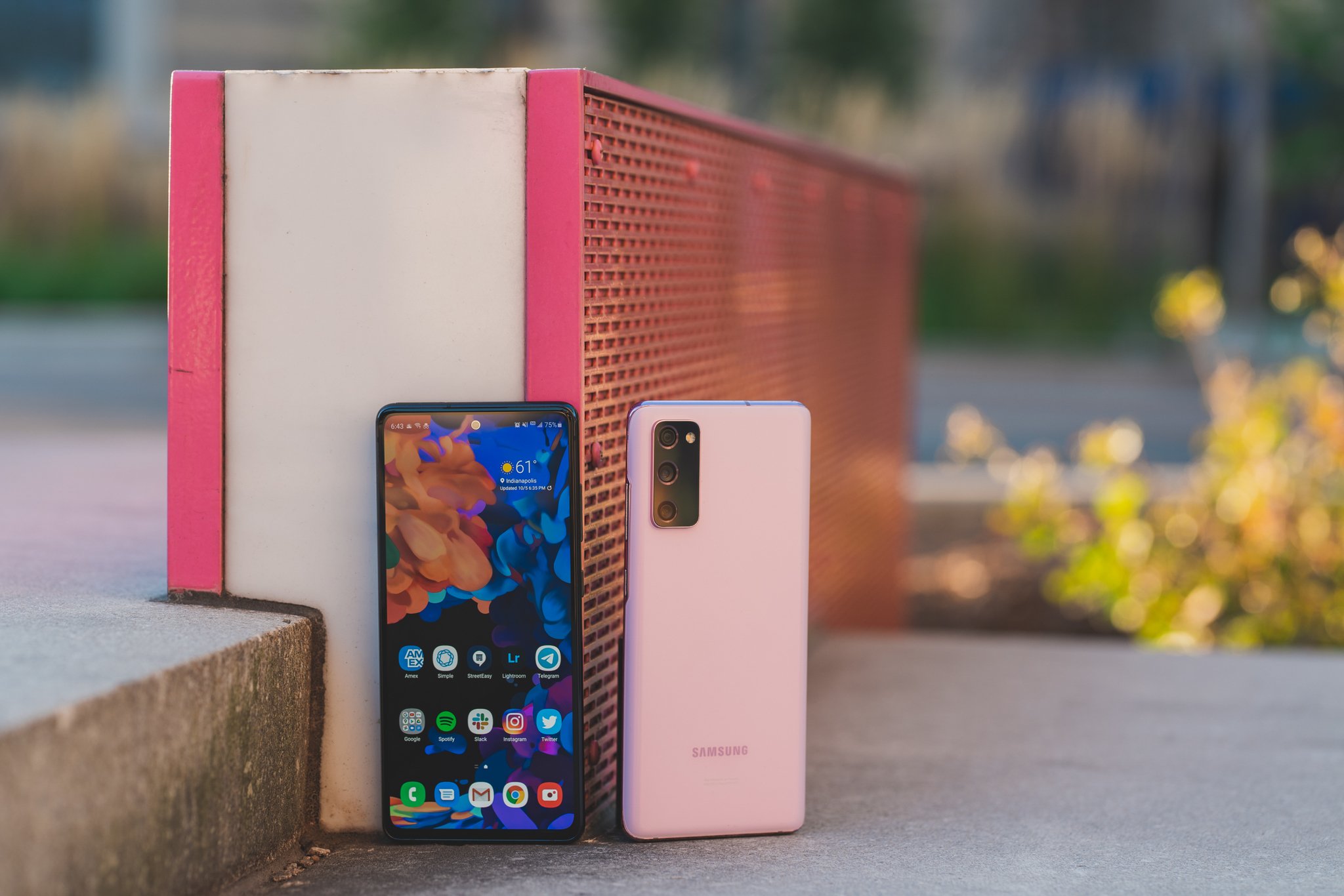
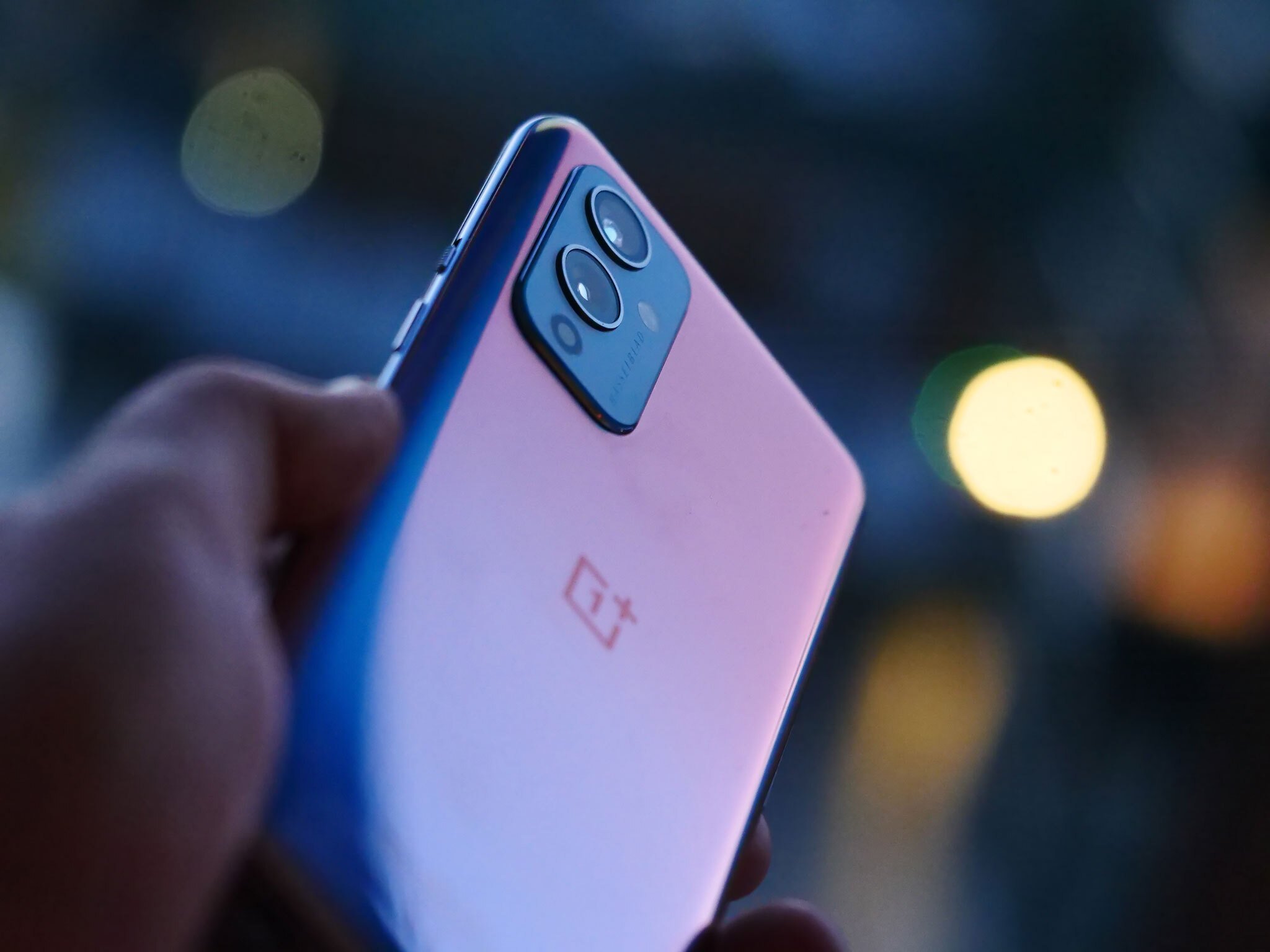

0 comments: